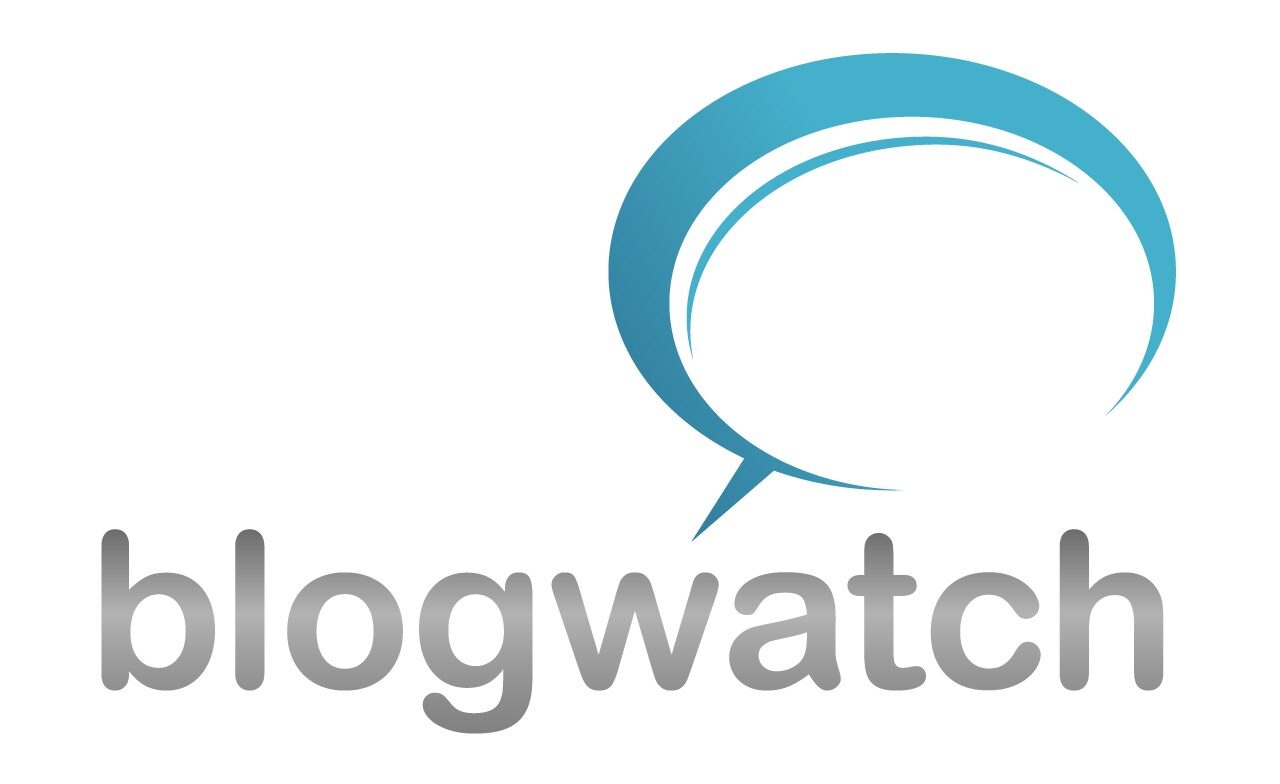List of the best and worst places to be a woman
Newsweek examined five measures that affect women’s lives. Of 165 countries, these 10 earned top marks in factors from health care to political power. We graded each country on 5 factors, using a scale of 1 to 100
JUSTICE
Laws protecting women from domestic violence, adolescent marriage and marital rape, and also women’s access to land and bank loans
HEALTH
Includes rates of maternal death, HIV, and infant mortality, and also access to safe abortions and skilled health workers
EDUCATION
Education level, literacy, and gender parity in schools
ECONOMICS
Includes percentage of women in the labor force, gender pay gap, access to all industries, ability to climb the ladder
POLITICS
Share of women in government, including senior positions
Newsweek/The Daily Beast analyzed dozens of data points for 165 countries to determine which countries offer women the most expansive rights and the best quality of life.
Presidential spokesman Edwin Lacierda mentioned that “Of the 165 countries, the Philippines ranked 17th, and is the only Asian country to be included in the top 20. Garnering an overall score of 86.3 out of 100, our country scored highest in the areas of education (92.2), economics (89.1), and justice (88.4).”
Anne-Marie Goetz, peace and security adviser for U.N. Women in the Newsweek report says:
Countries with the highest scores tend to be clustered in the West, where gender discrimination is against the law, and equal rights are constitutionally enshrined. But there were some surprises. Some otherwise high-ranking countries had relatively low scores for political representation and workplace clout. Canada ranked third overall but 26th in power, behind countries such as Cuba and Burundi. Does this suggest that a woman in a nation’s top office translates to better lives for women in general? Not exactly. “Trying to quantify or measure the impact of women in politics is hard because in very few countries have there been enough women in politics to make a difference,”
Best Countries for Women Full List
The methodology is detailed here. The full list of data points considered and sources is as follows:
Justice:
-Prevalence of early marriage
-Existence of laws preventing violence against women (domestic violence, sexual harassment, marital rape)
-Prevalence of intimate partner physical violence
-Prevalence of intimate partner sexual violence
-Civil liberties:
Ability of women to move freely outside of the house
Level of women’s access to bank loans
Level of women’s access to land and property other than land
Whether inheritance practices favor male heirs
Health:
-Adolescent fertility rate (births per 1,000 women ages 15-19)
-Maternal mortality rate (maternal deaths per 100,000 live births)
-Contraceptive prevalence (percentage of women ages 15-49)
-Proportion of women with unmet need for family planning (aged 15-49)
-Proportion of women attended at least once by skilled health personnel during pregnancy
-HIV incidence rate
-Proportion of women receiving antiretroviral drugs to prevent mother-to-child transmission of HIV
-Number of unsafe abortions per 1,000 women aged 15-44
-Whether abortion is legal:
To save woman’s life
To preserve physical health
To preserve mental health
In cases of rape/incest
In cases of fetal impairment
Economic or social reasons
On request
Education:
-Female adult literacy rate
-Female youth literacy rate
-Percentage of female population over age 25 with no schooling
-Female survival rate to last grade of primary school
-Gender parity in enrollment in primary education
-Gender parity in enrollment in secondary education
Economics:
-Whether women can work in all industries
-Percentage of women in the labor force
-Women’s wages as a percentage of men’s
-Ability of women to rise to positions of enterprise leadership
Politics:
-Share of women in ministerial positions
-Percent of women in Parliament
-Percent of women in senior positions
-Ratio of female legislators, senior officials and managers compared to male
Sources:
-Organisation for Economic Co-operation and Development, Gender, Institutions and Development Database 2009
-United Nations Progress of the World’s Women 2011-2012
-World Economic Forum Global Gender Gap Report 2010
-World Bank, World Development Indicators
-World Health Organization World Health Statistics 2010
-UNESCO Institute of Statistics Global Education Digest 2010
-United Nations Development Fund for Women Gender Justice: Key to Achieving the Millennium Development Goals

